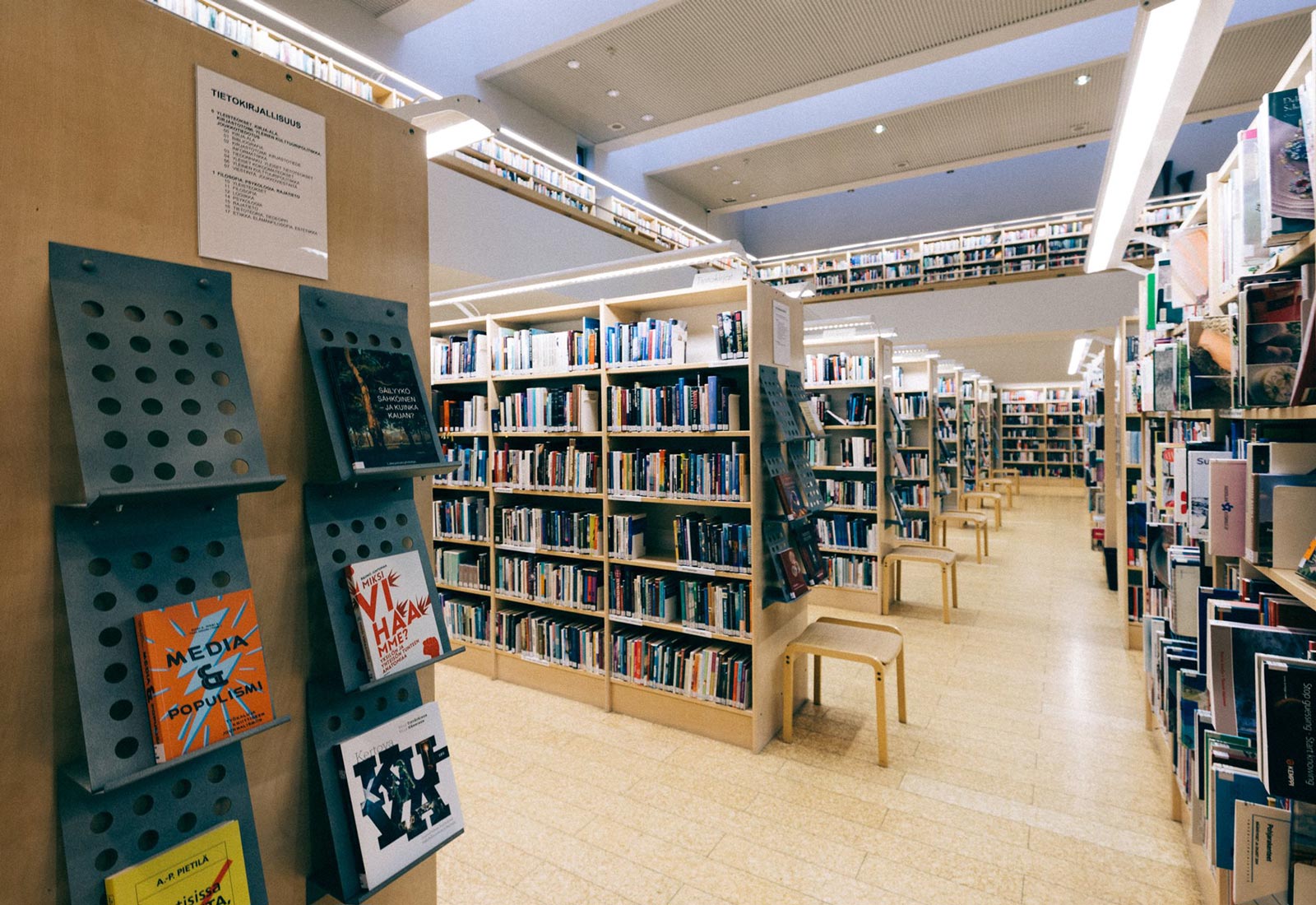As a museum, archive or library professional, one of your biggest responsibilities is data management
Getting data in and out of your collection management system (CMS) can sometimes feel like a chore, and yet storing and keeping track of data is critical to a successfully run institution. Importantly, it helps to share the stories behind the record, which is often one of the most fulfilling aspects of collections management. Axiell employs experts in the museum and technology fields to ensure the continuing development of products and services that make the daily workflows of cultural institutions more efficient. Today we discuss some ways that Axiell is simplifying data entry and export.
GETTING IT IN
Web-based applications are a great way to make your collection accessible via any browser on a computer, tablet or mobile device. This means that you can take your collection with you as you update locations and do condition checks throughout your building and on site. The portability of the application reinforces the main concept of the tool: getting information into your collection management system quickly and efficiently.
The ability to build and access data entry forms that are mapped to fields within a CMS allows users to update their database in real time. Additionally, some information can be filled out behind the scenes by the Administrator; this typically dictates who is allowed to use the form, who is allowed to make edits, where the information will go, and how the information will be populated. The goal is to make data entry simple and intuitive for both employees and volunteers.
Edit functionality can also be used to make mass updates to your data. For example, you can globally update creator names that may have been spelled, abbreviated or punctuated incorrectly. You can set up this function for authorities such as places (sites), storage locations, thesaurus entries, taxonomies, etc. The ability to make global edits and mass corrections saves a lot of manual data entry for museum professionals and helps to keep your collection up to date.
GETTING IT OUT
You have worked hard to keep your collection up to date by entering data into your collection management software and now it’s time to share it. Ironically, once your information is entered, you often need to be able to get it out, and ideally this needs to be done as quickly as possible. For this reason Microsoft Office plugins that work with Word, Excel and PowerPoint to get information out of your CMS quickly and easily are extremely helpful. From within any of these Microsoft Office Applications you can search your collection and pull information directly into the application for easy presentation.
Search the collection, or pull a saved group of items into your next report, list or presentation. If you have more than one collection at your institution, you can choose which database you want to search in. Next, you will need to select how you want the information to be displayed. Choose from options such as short presentation, long presentation, or a table display. Indicate what type of information you want to include by right-clicking the table headings on the page and choosing the desired fields. Once you select a record, the data and image will display at the top of the page. Now, simply click the Insert button to import the data to your Microsoft application. Need some ideas for how this might be helpful?
- Microsoft Word – An easy ad-hoc way to create reports
- Microsoft Excel – Quickly generate lists
- Microsoft PowerPoint – Put together a seamless presentation with ease
The goal is to bring the ability to export data directly to the museum professional in practical applications as another way that they can efficiently manage and present their collections.
MOVING IT
Updating locations and package information at your institution takes time and hard work, but not to worry because there is an app for that! Working on or offline you can scan barcodes to update movements and package information in real time. If you are working offline, your updates will be sent to your CMS automatically when your device is back online. This allows you to move freely around your warehouse to keep track of incoming and outgoing objects or to track movements inside your gallery space or collection area. You can take photos and attach them to objects, locations and packages, which are then uploaded to the database.
The Autry National Center in Los Angeles has used this feature to assist with mass moves and keep track of more than 200,000 objects as they expand the storage areas of their collection.
What are some tips or tricks that you use for getting information into your CMS quickly? What about getting it out? We want to hear more about what you think!




